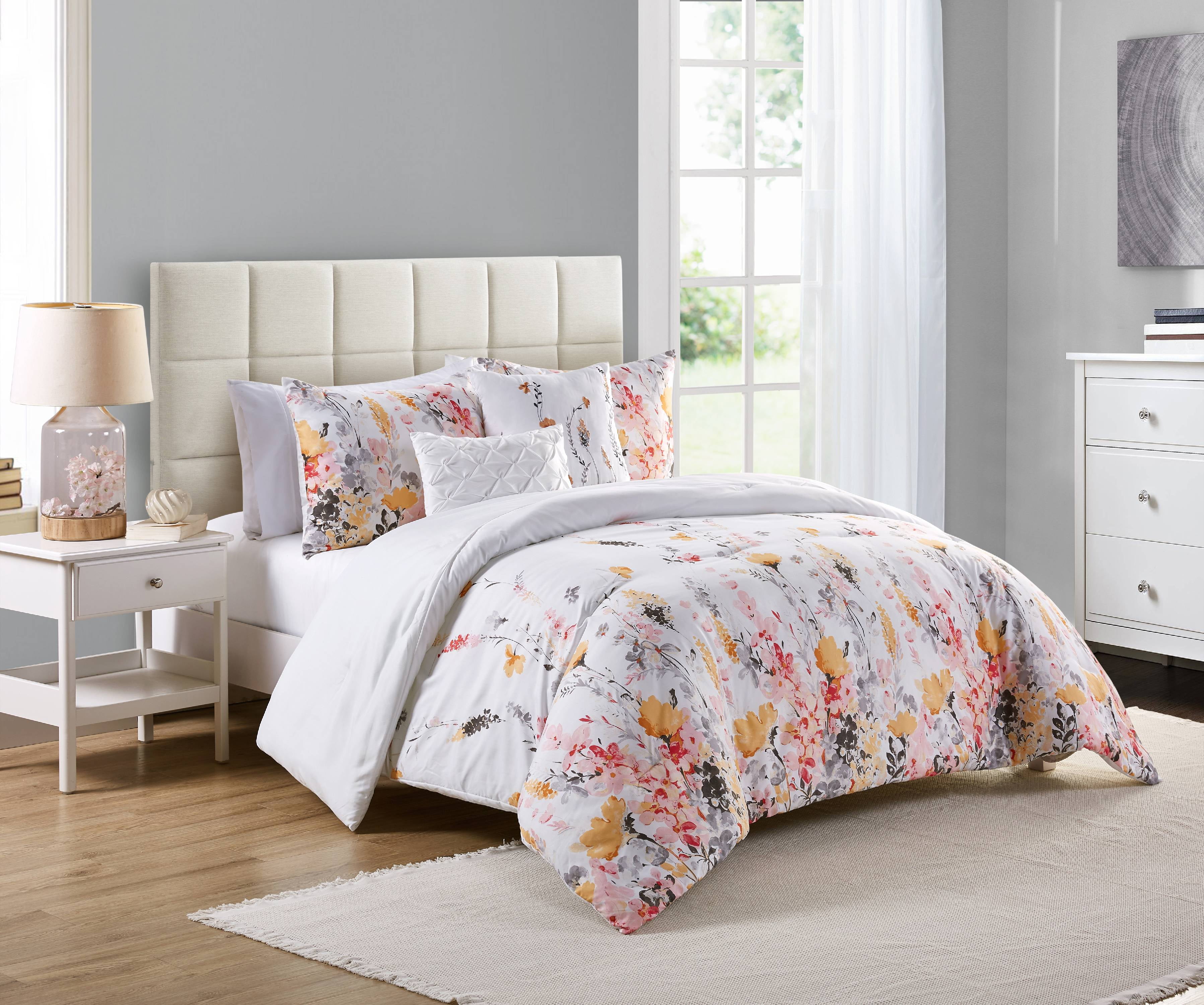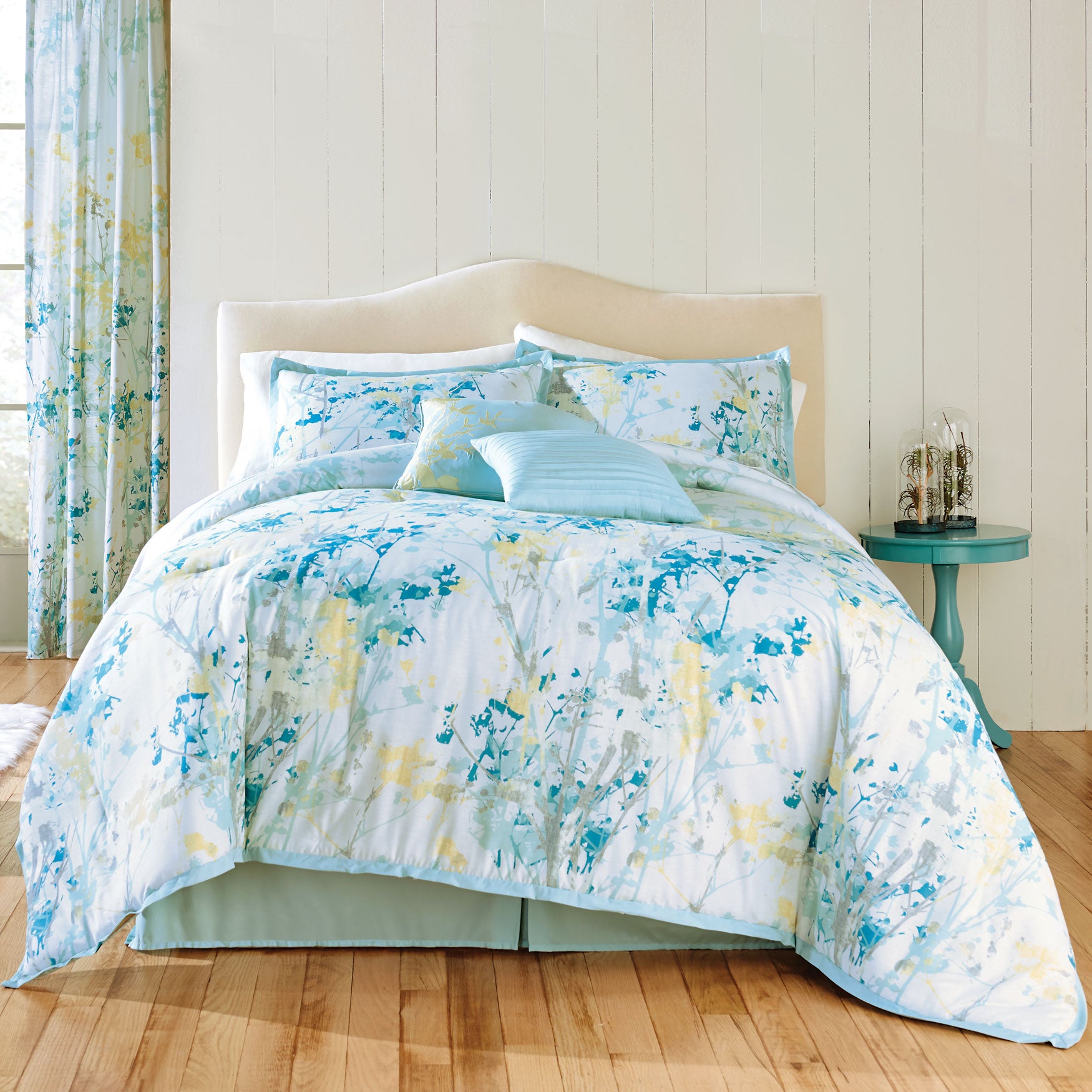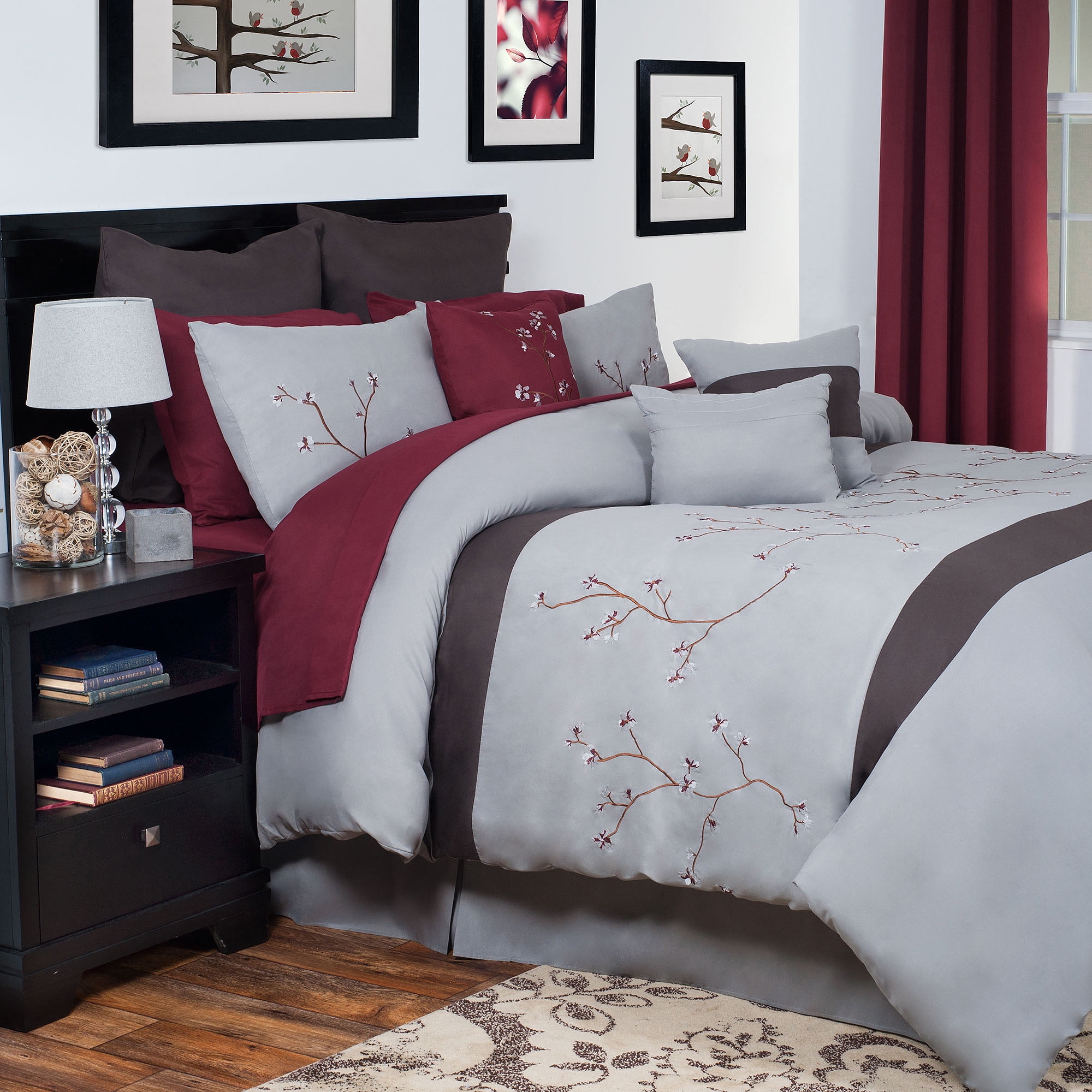Bedding, with known as bedclothes or bed linen, is the materials laid above the mattress of a bed for hygiene, warmth, sponsorship of the mattress, and decorative effect. Bedding is the removable and washable portion of a human sleeping environment. compound sets of bedding for each bed are often washed in rotation and/or misrepresented seasonally to adjoin snooze comfort at varying room temperatures. Most standardised measurements for bedding are rectangular, but there are along with some square-shaped sizes, which allows the addict to put upon bedding without having to judge its lengthwise orientation (i.e. a 220 cm 220 cm (87 in 87 in) duvet).
In American English, the word bedding generally does not swell the mattress, bed frame, or bed base (such as box-spring), while in British English it does. In Australian and other Zealand English, bedding is often called manchester, especially in shops. Manchester City was a middle of the cotton industry in the tardy 18th and the 19th century, and into the 20th century, and consequently cotton goods (principally sheets and towels) were given the declare 'Manchester goods', which forward-looking was simplified to 'manchester'.
A set of bedding always at least consists of a flat or fitted bed sheet that covers the mattress; a flat top sheet; either a blanket, a quilt, or a duvet. Sometimes in imitation of a duvet cover is to be used in supplement to the top sheet; and a number of pillows when pillowcases, furthermore referred to as pillow shams. (See Terminology for more info on all these terms.) supplementary blankets, etc. may be supplementary to ensure the critical insulation in cool sleeping areas. A common practice for children and some adults is to gild a bed as soon as plush stuffed animals, dolls, and supplementary soft toys. These are not included under the designation of bedding, although they may meet the expense of supplementary warm feeling to the sleeper.
Lightweight white, solid-color or printed plain weave, satin weave, or flannel cotton or cotton/polyester blends are the most common types of sheeting, although linen and silk may as well as be used, including in combination. Goose or duck beside and further feathers are frequently used as a hot and lightweight filling in duvets, comforters and quilts. But such occupy can protrude in allocation even from tightly-woven fabric, and be an irritant for many people, particularly those later than allergies. Natural and synthetic down alternatives are marketed. Cotton, wool or polyester batting is commonly used as fill in quilts and beside swing comforters. These are less expensive and more easily laundered than natural next to or feathers. Synthetic fibers are best in the form of thermofused (where fibers cross) batting. Thick-woven or knitted wool, cotton, acrylic or further microfiber synthetics, or blends of these, are typically used for blankets.
Lavish Home 25 Piece Room-In-A-Bag Eve Bedroom Set - Bedding and Bedding Sets at Hayneedle
Funky Floral Comforter Collection Bedding Collections Brylane Home
Somerset Home Grace Oversized Embroidered Bedding Comforter Set - Walmart.com



No comments:
Post a Comment